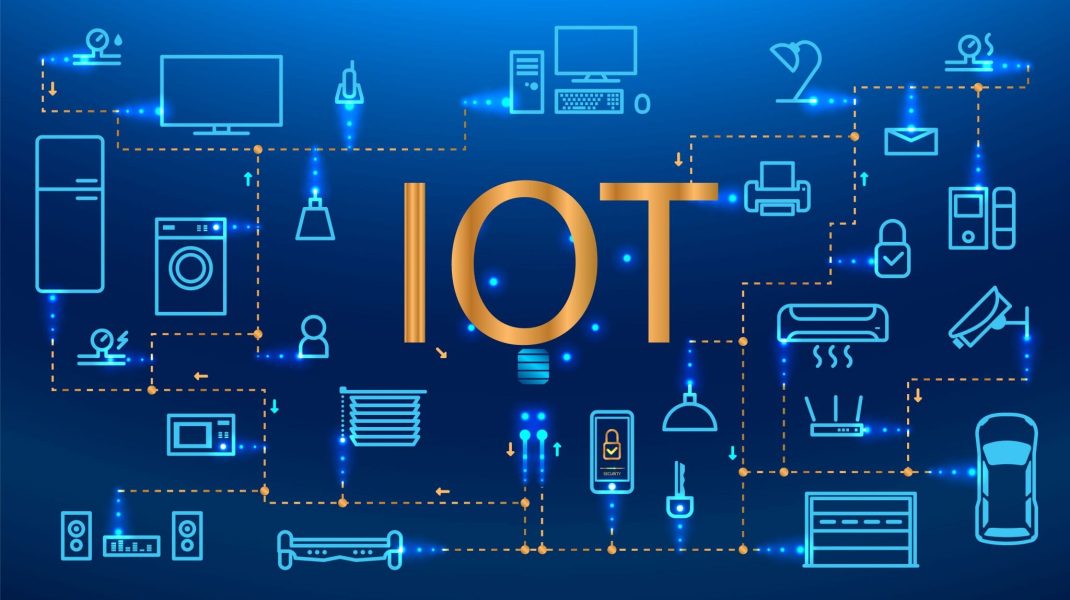
Overview
Overview
In this three-day course, students will learn general strategies for planning, designing, developing, implementing, and maintaining an IoT system through various case studies and by assembling and configuring an IoT device to work in a sensor network. Students will create an IoT device based on an ESP8266 microcontroller, implementing various common IoT features, such as analog and digital sensors, a web-based interface, MQTT messaging, and data encryption. This course prepares students for taking the CertNexus Certified Internet of Things (IoT) Practitioner (Exam ITP-110). This course includes a FREE exam voucher for ITP-110.
Why Certified Internet of Things (IoT) Practitioner training?
This course is designed for IT professionals with baseline skills in computer hardware, software support, and development who want to learn how to design, develop, implement, operate, and manage IoT devices and related systems. It is for those interested in learning more about embedded systems, microcontroller programming, IoT security, and the development life cycle for IoT projects. While students will gain hands-on experience assembling a prototype IoT device and using software development tools, these activities are closely guided, so previous experience in electronics assembly and programming are not required.
Who should attend?
IT professionals or stakeholders that are involved with the organization’s Internet of Things (IoT) system, students looking to be certified in CertNexus Certified of Things (IofT) ITP-110.
The DVIRC Difference
In this three-day, hands-on course, you will learn general strategies needed regarding an IoT system and how to reduce your exposure. This authorized class prepares students for Taking the CertNexus Certified Internet of Things (IoT) Practitioner Exam ITP-110
Course Objectives
In this course, you will learn how to apply Internet of Things technologies to solve real-world problems. You will:
- Construct and program an IoT device.
- Communicate with an IoT device using wired and wireless connections.
- Process sensor input and control an actuator on an IoT device.
- Manage security, privacy, and safety risks on IoT projects.
- Plan an IoT prototyping and development project.
Agenda
1 – PLANNING AN IOT IMPLEMENTATION
- Select a General Architecture for an IoT Project
- Identify Benefits and Challenges of IoT
2 – CONSTRUCTING AND PROGRAMMING AN IOT DEVICE
- Select and Configure a Processing Unit
- Select a Microcontroller Power Source
- Use a Software Development Kit to Program an IoT Device
3 – COMMUNICATING WITH AN IOT DEVICE
- Communicate Using Wired Connections
- Communicate Using Wireless Connections
- Communicate Using Internet Protocols
4 – PROCESSING IOT DATA
- Process IoT Device Input and Output
- Process Data in the Cloud
- Provide Machine to Machine Communication
5 – MANAGING RISKS ON IOT PROJECTS
- Identify IoT Security and Privacy Risks
- Manage IoT Security and Privacy Risks
- Manage IoT Safety Risks
6 – UNDERTAKING AN IOT PROJECT
- Identify Real World Applications for IoT
- Follow the IoT Development Lifecycle
Cancellation Policy
Cancellations received up to 5 business days prior to class start date will not be charged the training fee, or will be refunded if payment has already been submitted. Cancellations 1-3 business days prior to class will be charged the training fee. As a courtesy, we will allow you to apply 50% of your payment towards a future training course within one year of the cancellation date. No refund will be provided for same-day cancellations and no-shows; customer is responsible for full payment without future training credit. Registrant substitutions may be made at any time. Cancellations must be submitted via email to jenoch@dvirc.org or by phone at 215-552-3827.
COVID-19 Policy
DVIRC recommends all guests be vaccinated against COVID-19.
Unvaccinated visitors must take a rapid test (which may be supplied by DVIRC) and receive a negative response. Considering the test will take about 15 minutes to process, all unvaccinated guests should arrive 15 minutes early to ensure they can take the rapid test and receive negative results before they proceed to the training room or to their scheduled meeting within the building.
